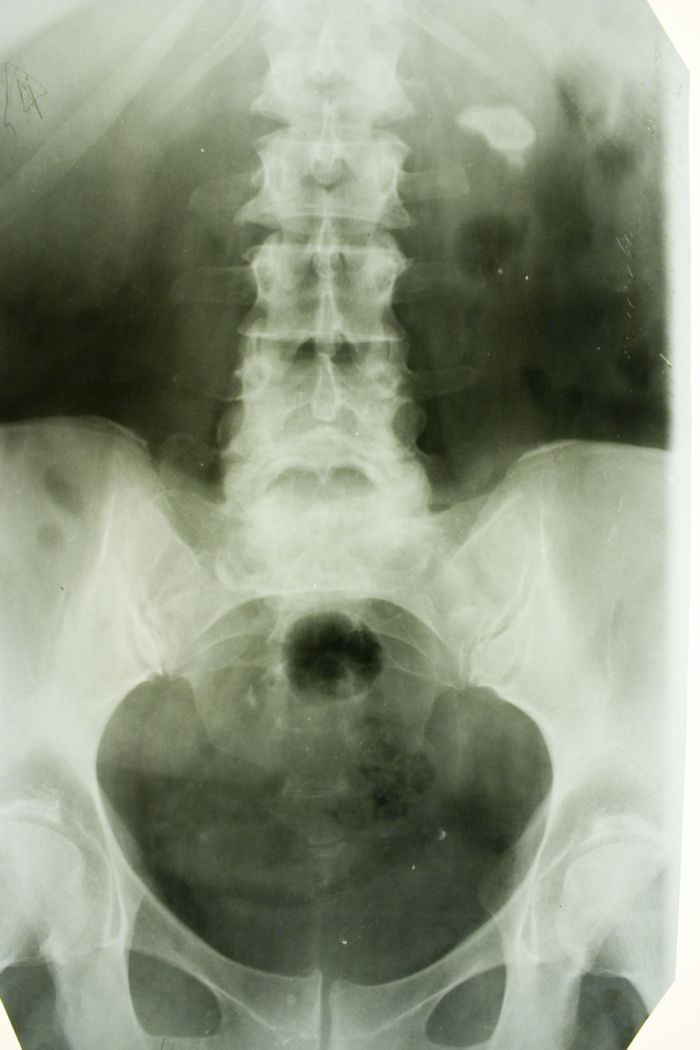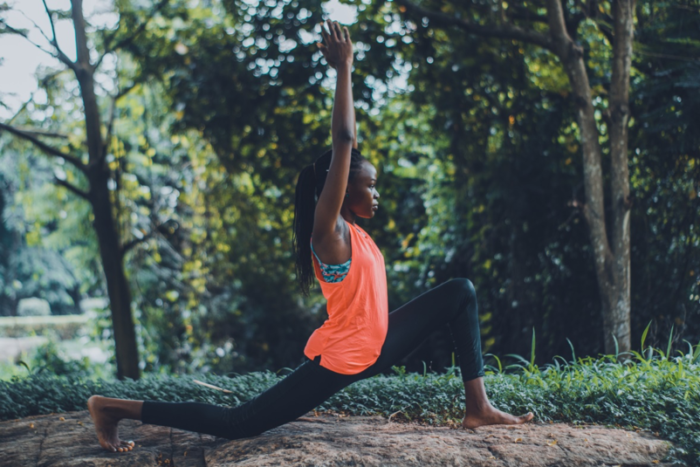
For some reason, ‘healthy bones’ have been on my mind a lot lately. I think because one of my new clients was recently diagnosed with osteoporosis after breaking her ankle. What gave me a fright is that she is only six years older than me. Whilst listening to her it suddenly dawned on me that I am entering into that phase of my life where osteoporosis is a very real threat. According to the International Osteoporosis Foundation (online), “fractures affect one in three women and one in five men over the age of 50”.

Our bones are fascinating, ever-changing structures that do so much more for us than simply hold up our bodies and provide attachment for muscles. They support and protect our bodies, allowing for movement and mineral homeostasis and they are also a site of blood cell production as well as energy storage. They are living tissues constantly reshaping, rebuilding and repairing themselves through a process called remodelling and approximately every 10 years every bone in our body is completely reformed.
Bone tissue, known as osseous tissue, is a connective tissue whose matrix is composed of water, protein, fibres and mineral salts. The fibres are made of a protein called collagen and it is this collagen that enables bones to resist being stretched or torn apart. Without collagen bones become hard and brittle. The mineral salts are mainly calcium carbonate and a crystallised compound called hydroxyapatite (don’t you just love that word?). These salts give bone its hardness. To be able to carry out this process of remodelling, bone tissue is composed of four different cell types:
• Osteoprogenitor cells which are stem cells that develop into osteoblasts
• Osteoblasts which are cells that secrete collagen and other organic components to form bones
• Osteocytes which are mature bone cells that maintain the daily activities of bone tissue
• Osteoclasts which are cells found on the surface of bones that destroy or resorb bone tissue.
As we age, a natural decrease in collagen production causes our bones to become more brittle and prone to fracturing. The process of remodelling also changes and the amount of bone deposited during the remodelling process does decrease. However, I want to emphasise here that the process of remodelling only decreases – it does not stop – and so, no matter how old we get, we should not give up on our bones.
I like to tell my clients, no matter how old they are, that “whatever they do in the present affects their future bones”. I say this because I notice that individuals newly diagnosed with osteopaenia (the thinning of the bones) or osteoporosis (a progressive disease in which bones lose their density and become brittle and prone to fractures) often become quite depressed and give up on their bones. They think it is too late to do anything. But it isn’t!
So what can your clients do to improve their bone health? First and foremost, they need to exercise. This can be frightening for someone who is worried about breaking a bone, but exercise is important to not only strengthen the muscles but also strengthen the bones. Recommend to them that they find a safe, gentle form of exercise that they enjoy. If they are very anxious about exercising, recommend they speak to a qualified exercise physiologist or personal trainer with experience in working with someone with osteoporosis.
If you can get your client to understand the basic physiology of bone remodelling then they will want to exercise. Explain to them that their bones are constantly replacing old, worn-out or injured bone tissue through remodelling and integral to remodelling is mechanical stress (for example the pull of gravity or the pull of skeletal muscles). Without mechanical stress, bones weaken or lose density. This phenomenon is seen in astronauts who experience weightlessness in space. It is also seen in people who are bedridden – their bones weaken quickly.

Once they know this, they will understand why health professionals are always advising ‘weight-bearing’ exercise. Weight-bearing exercise includes any form of exercise where the person is on their feet and their bones need to support their body weight. Walking, gardening, carrying heavy shopping, climbing stairs – these are all simple weight-bearing exercises that a person should include in their daily life. Swimming is an example of a non-weight-bearing exercise because the water supports the weight of the person’s body. Therefore, you could have a very fit swimmer who struggles with bone density loss. Stability and balance exercises are also important to help prevent falls. Yoga, tai chi and even just standing on one leg while brushing your teeth will help J
“When I found out that I had osteoporosis, I was pretty shocked. I thought it was, you know, for old ladies basically…but I got diagnosed when I was 37. Osteoporosis has affected my life in many ways. Mainly I’m a lot more aware of my health now. I’m aware of just taking it a little more easy with physical activities, I exercise regularly, I gave up smoking… in fact, I probably feel better now than I have ever felt!”
Kirk Pengilly (member of INXS)
Although it is often associated with the elderly, osteoporosis can affect anyone at any age and as a therapist you should be aware that clients with any of the following factors are at risk of developing it and they should make life style changes as soon as possible:

- Low levels of oestrogen – for example, women who are underweight either due to an eating disorder or over-exercising; women with amenorrhoea; post-menopausal women; and nursing mothers.
- Prolonged use of certain drugs – especially alcohol, some diuretics, cortisone and tetracycline.
- Cigarette smoking.
- Calcium deficiency or malabsorption syndromes.
- Vitamin D deficiency.
- A lack of weight-bearing exercise.
- A family history of osteoporosis.
Take note of clients who are at risk of developing osteoporosis and help them educate themselves on what they can do to prevent or slow down this disease. In addition to weight-bearing and balance exercises, they can also help themselves by sitting in the sunshine for 10-15 minutes a day to increase their Vitamin D levels and by increasing foods rich in calcium and collagen (such as bone broth).
“Never in my wildest dreams did I think I would be a candidate for osteoporosis. I know now, I should have paid more attention to my personal risk factors; I should have taken better care of my bones. You know what? So should you. So come on, Beat the Break, take responsibility for your bones.
Joan Rivers, Comedienne
Quotes taken from:
International Osteoporosis Foundation (online). Accessed 15 October 2020:https://www.iofbonehealth.org/bone-health-advocate-quotes#:~:text=%E2%80%9COsteoporosis%20affects%20one%20in%20three,it%20or%20Lose%20it%E2%80%9D.%E2%80%9D